We’re bringing in Catherine Hildner of Kitty Meow Boutique for insight on how to pivot and reach big goals in your business. Catherine is spilling the deets on how she has pivoted in her business over the years and how she managed to build a stand-out brand. And yep, we ask her some tough questions about mistakes she has made and learning lessons she gained along the way. She’s talking about how it took her quite some time to find her own unique design style. Listen in to learn more about how she found her style, developed a cohesive brand, and pivoted to crush her goals!
Let’s be friends! Find us on Instagram http://instagram.com/bizbirthdaybash @bizbirthdaybash.
Tell us a little about yourself and how you got started with Kitty Meow Boutique.
Catherine (02:22)
And you know, I went to school for design and then moved to Las Vegas from Chicago when I graduated and worked in nightlife advertising for a couple years.
Catherine: (02:33)
And it was such a cool place to be from my early twenties. And I learned a lot, did a lot of bad things. But yeah, I just really got to the point where I was tired of promoting nightclothes and Photoshopping hot chicks on billboards and just the environment. And I really wanted to go off and work for myself. And I met my husband and he worked. Um, he still does work in insurance where his job literally moved us around the country every one to two years. And I always had this passion and desire to work and make money and I didn’t want to not have a business that I could take with me wherever we were living. And then knowing that once we had children, I still wanted to work but work at my own pace, my own schedule. So that’s where Kitty Meow was born mainly with invitations. Now I do focus more on my product line and a little bit more on education and just really experimenting, trying new things. Yeah, that’s me in a nutshell.
Can you offer any insight for our audience on how to define a style or like get in and get the ball rolling with figuring out what, what’s unique about your brand?
Catherine: (08:15)
Yeah, for sure. You know, I like, I consider you an artist. Like I don’t consider myself an artist. And for a long time I struggled with like I need to learn how to teach myself calligraphy or I need to learn how to draw or I need to do like all of these things that I know in my heart I am not like those are not my strong points, but I am so passionate about cool typography and like just accepting that that is who I am and not trying to be all the other things, you know, that I don’t feel I’m good at. So yeah. So my brand is very typography based and I don’t know, like now when I create designs, I’m just following that same formula. I’m not trying to reinvent the wheel. You know, I open up an existing design when I make a new design and I’ll try new things, see if people like it. But I don’t know, like I’m just known for that kind of cool looking topography and not handwritten typography, like very much computer based fonts. And you know, I’m not, again, not reinventing the wheel.
Elisabeth: (09:19)
I love that you said that because I’ve said that to Cami too of like I consider you an artist but like I don’t necessarily look at myself like that and we have this in part with that. Yeah, we have a whole entire episode about artists versus entrepreneurs and like how we view ourselves and what that looks like. And I think that is so great for our audience to hear that. It was like, you know, you kind of like surrender that mentality of no, I don’t have to do it this way. I can do what I want to do. I can still make it true to me and I’m going to stay in my lane essentially. And I think that’s really empowering because I think a lot of people in this space, especially when it comes to just creating artwork, greeting cards, prints, whatever it is, can really get stuck in the having to do it a certain way mentality and often don’t like to embrace their strong points.
Are you retail or wholesale based or both? How does your marketing strategy differ for wholesale vs. retail?
Catherine: (12:07)
Yes. So I have to be honest, I repurposed a lot of the content and just make, you know, especially with my email marketing, I start off with my wholesale email where I say like, Hey, these are some of my best sellers and these are the wholesale prices. But then I’ll just take that exact same email, duplicate it, take off the pricing for wholesale and like my retail people want to know just as well, like one of my best sellers are. So I mean definitely about working smarter, not harder when it comes to email, but you know, there is a different process as far as with reaching out to wholesale customers. It is a grind like for the first year of launching into wholesale, I mean I was sending out samples, sending out emails, no one wanted to talk to me, no one wanted to respond to my emails because they didn’t know me and people buy from people they know. And I was just this newbie in the business and it took a lot of, uh, a lot of trial and error just to finally get things to stick so to speak.
What are some of the goals you set for yourself and your biz? Can you tell us about your success of getting into stores and what that process looked like?
Cami: (16:34)
So one of the things that you, we talked about before is, you know, you had like this huge goal of getting into like, I dunno, a hundred stores or something, I can’t remember the number, sorry, bad podcast host. You wanted to get a lot more stores and you just like really buckled down on growing your wholesale line. Can you tell us how you set that goal and um, some of the process of that goal setting and making that happen?
Catherine: (16:57)
Yes, absolutely. And you are not a bad podcast host because it was 100 stores. Okay, perfect. So last June I was sitting in a Rachel Hollis rise personal development conference and um, where was I? Minnesota and you know, she talks about setting goals and making a roadmap for your goals.And I just work like my personal development is always based around business because that’s how my mind works. But um, yeah, so I was in 11 stores last June and I’m like, I going to shoot for the freaking stars and I want to be in 100 stores before the end of 2019 and if I don’t get there, if I get, you know, even close and Holy crap, that will still be so amazing. And you know, at this conference I kind of worked out my roadmap for how I was going to get there and then I just went for it and I shared about it on social media. So I felt like if I put it out there to the world and that people were watching me that I would hold myself, you know, more accountable to like make that happen. So I wouldn’t be embarrassed if I didn’t do it.
What about mistakes? Did you have learning opportunities?
Catherine: (30:42)
Oh gosh, my whole life is one big mistake. I’m just like learning so many nuggets by my mistakes every day. Um, I don’t know, but it’s something as simple as, you know, acquiring sales reps and then you need to put together these product kits for them, but you don’t think about it and advance and then you buy this box or you don’t get the right shipping box and then you’re spending like $20 just to ship the box when you have, you know, 12 reps that you need to send all these products do individually. So I mean, but these are all things that you learn as you go and you need to make the mistake to actually get better. Um, like my last wholesale catalog, I sent the wrong file to print and I mean, just like thousands of dollars in wholesale catalogs. And like some of the skews were incorrect and I had a sales rep pointed out to me, I looked like a total dumb dumb, but, uh, I’ll never make that mistake again.
Cami: (31:38)
Oh gosh. There’s, I mean, worst is sending the wrong file. That’s just like the worst.
Catherine: (31:45)
Or like right before I sent that catalog to print, you know, I had hired a photographer at a lower price point trying to save some money. And then when I got the photos back, knowing that I had to send this catalog to print on a deadline, they were awful. So I spent the entire weekend just trying to reshoot product photos myself and you know, then edit them and then put them to the catalog. And that’s probably why the catalog, the wrong one was sent to print. And I mean, I just, so yeah, just know that I’ll never make those mistakes again. Trying to save a couple bucks because my time is more valuable than all that. But yeah, like I’m totally that business owner who is transparent about my mistakes. I never want to come off like I have it all together that I have all the answers because I do not, I’m like struggling every single day, just trying to do my best, like all of us. And yeah, I think it’s important that we own our messes and turn it into a message and help each other.
So obviously with the craziness of covid19, business plans have totally shifted. What does that look like for you and kitty meow? How are you strategizing for 2020 and keeping sales up?
Catherine: (35:43)
Yes. So, uh, so weird. That’s the only way I can ever describe it to people. Like things are just weird, but, um, I don’t know, like something that has always weighed heavy on my heart is serving, you know, other creatives helping to educate them. But I always kind of had this imposter syndrome feeling where I didn’t feel like I, you know, had walked the walk long enough to where I could talk. And since everything going on and in the beginning business, especially wholesale is shut down for a little bit. I was like, you know what? I’m just gonna go for it and see what happens. I’m going to, you know, put what I know out into the world. I’m going to step outside my comfort zone. And you know, I show up daily on my Instagram live every day at 10:00 AM central for 10 minutes just to like serve and connect and freaking have fun.
Catherine: (36:41)
And I am honestly this huge introvert but I have never felt so freaking alive in my life. And you know, I still feel that imposter syndrome but I just like I’ve decided I’m not going to care. I’m not going to care what other people think. Like I feel good. I feel like I’m letting people get to know me to fall in love with me to get to know the kitty Meow brand. And in doing so, like I have gotten a lot more sales and you know, I make an effort to still connect and love on my, my wholesale clients. And you know, I’m developing new relationships with other stationary designers and you know, even doing some one on one coaching and mentoring and I’ve created a wholesale group for paper people that I’m sharing what I know and I don’t know, it’s so weird and it’s so outside of my comfort zone, but I just love it so much and I’m had this situation with coven 19 not have happened. I would never would’ve had the courage or even the time to make that jump in my business with something that I just always felt so passionate about but was too scared to act up.
Elisabeth: (37:53)
I love that. I’ve, I feel like this has pushed some creatives to do things that they kind of had on the back burner for a long time or to just do things out of their comfort zone. Cause they’re like, what the heck? I mean, like my business has already tanked, quote unquote, in a way that I could’ve never like predicted this year. So like, screw it, I’m going to, I’m going to try something different. I’m gonna try something new. Like, I know one of my friends who’s finally working on her collection invitation suites and she had wanted to do it forever and she was like, weirdly enough, this gave me like the space that I needed to actually sit down and get this done. Cause otherwise I just would have been in the studio pumping out, work out invitations, working with my current clients.
What advice do you have for businesses wanting to get started in wholesale?
Catherine: (41:04)
Yes. Um, he needs to focus in on like what your brand is, you know, that’s where I just struggled so much in the beginning. I didn’t have a brand, I just had these like random designs and you know, you need to have a cohesive collection. You need to stand for something. There needs to be a thought process behind your work and what you do. You need to be able to just like explain in a matter of a couple of sentences what collection is
Catherine: (41:34)
and who it’s for and who it serves. And I mean, because that’s how you’re going to have a brand that people recognize and you just, it’s just such a weird industry where there are so many products and so many people, and while there is room for everybody, you need to make yourself stand out from the crowd and surround yourself with people who are already doing it. You know, there’s power in proximity and don’t be afraid to reach out to someone you admire because I promise you like while you think they’re there, the freaking bees, knees of the paperworld, they’re over there with their own self doubt thinking that they’re not making a difference. And you know, if you were to reach out to them, I bet it would just make their whole freaking year knowing that like people see them and people want to give back.
Catherine: (42:22)
And I know people want to help other people and if they don’t, then they’re not your people. So don’t hang out with them. But, um, just do it. Go for it man. You know, sometimes you don’t always have the answers, but refine as you go and be open to feedback. But know that sometimes feedback is just one particular person’s opinion and you can’t always take that to heart. But if you’re getting the same feedback over and over again from multiple people, multiple stores, then um, you need to understand that there’s a disconnect somewhere within your product line and you should revisit it and know that sometimes failures for you, the, you have the opportunity to change. And that’s the best part about us being running our own businesses is that we have that freedom to do whatever the heck we want.

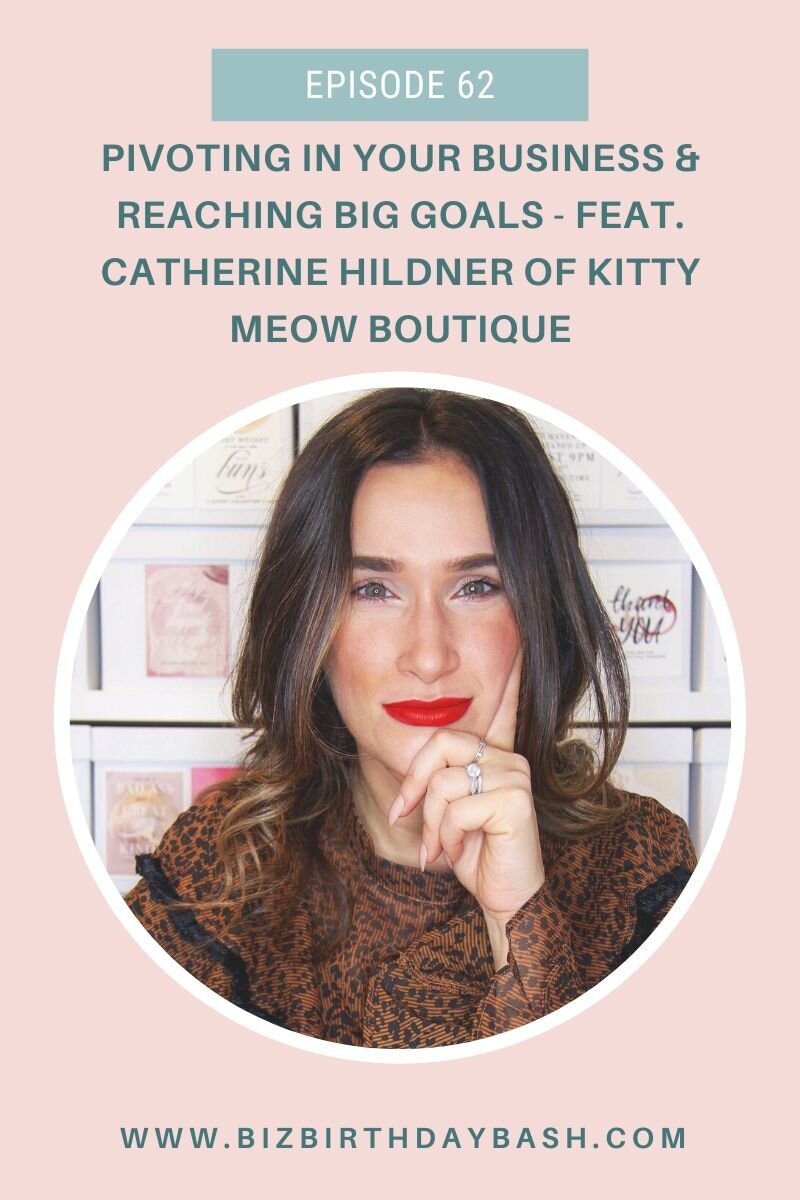
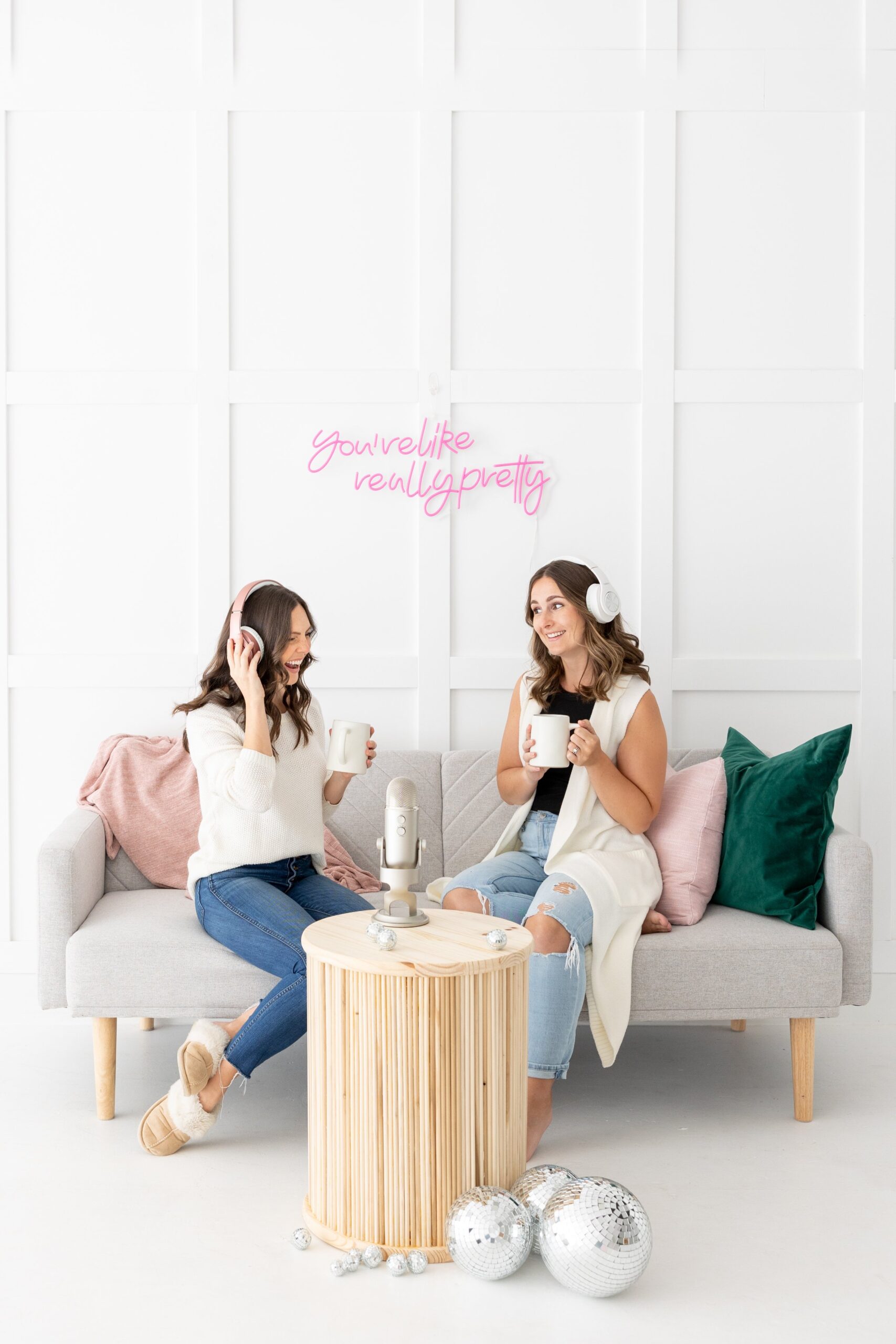
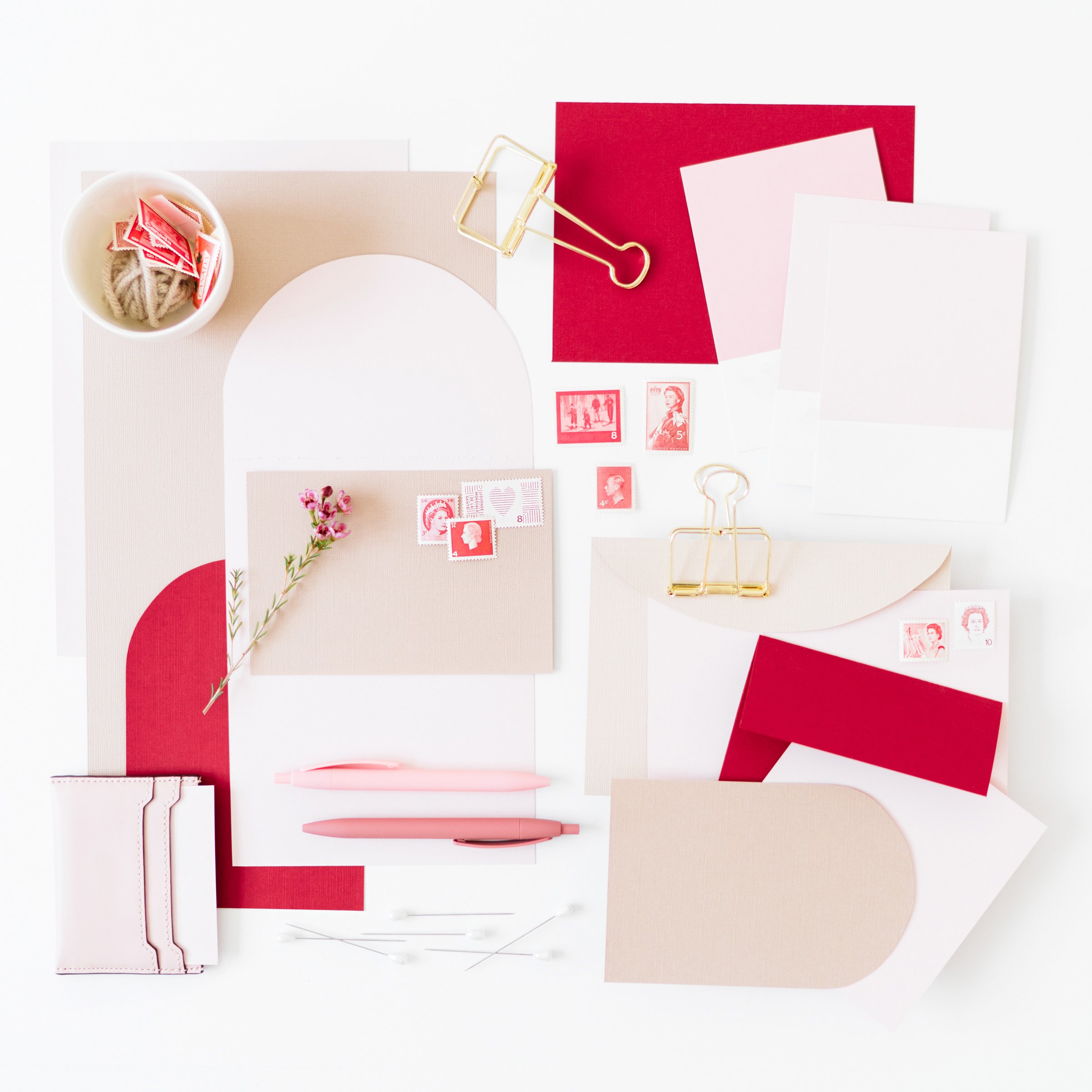
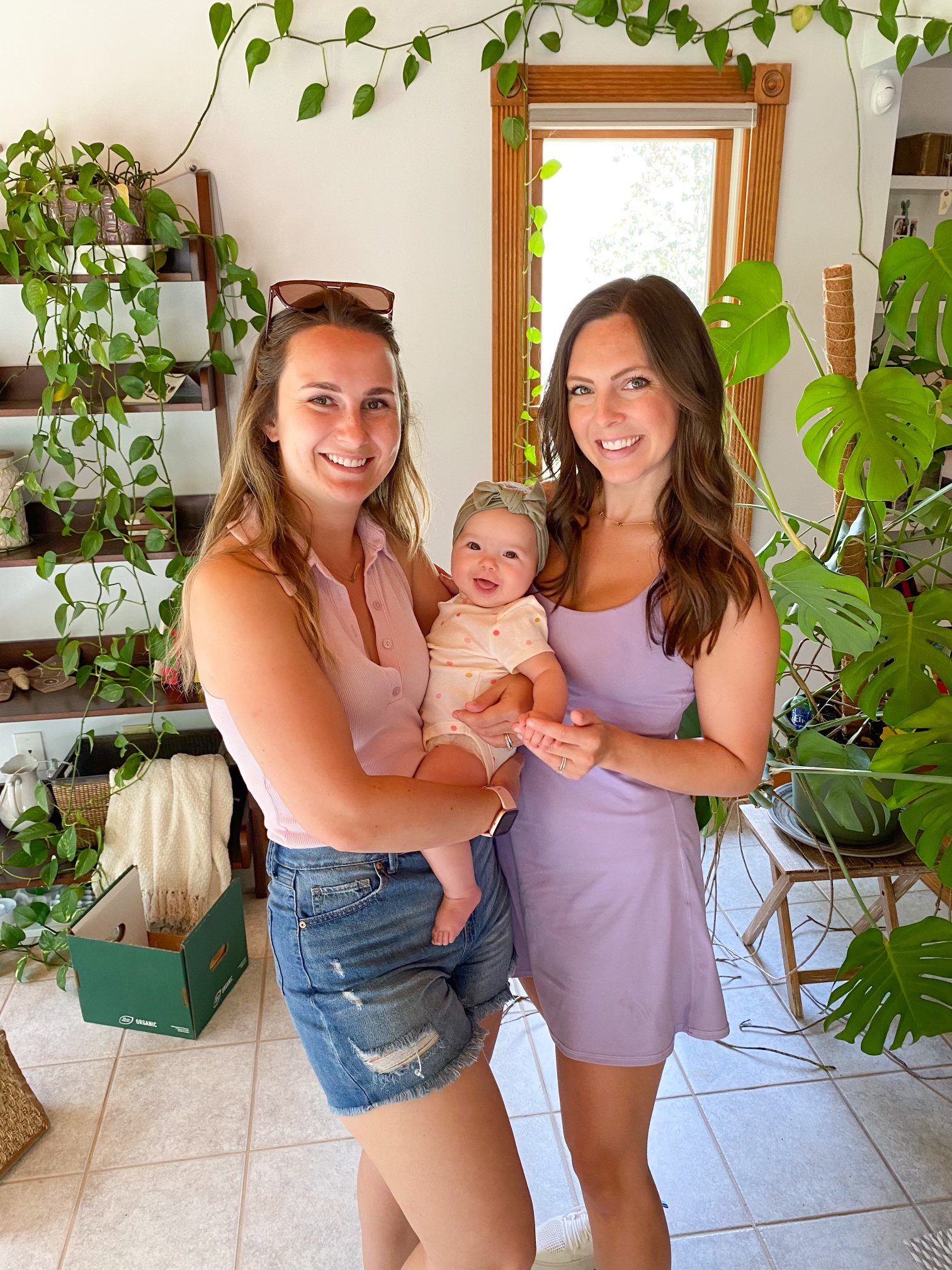
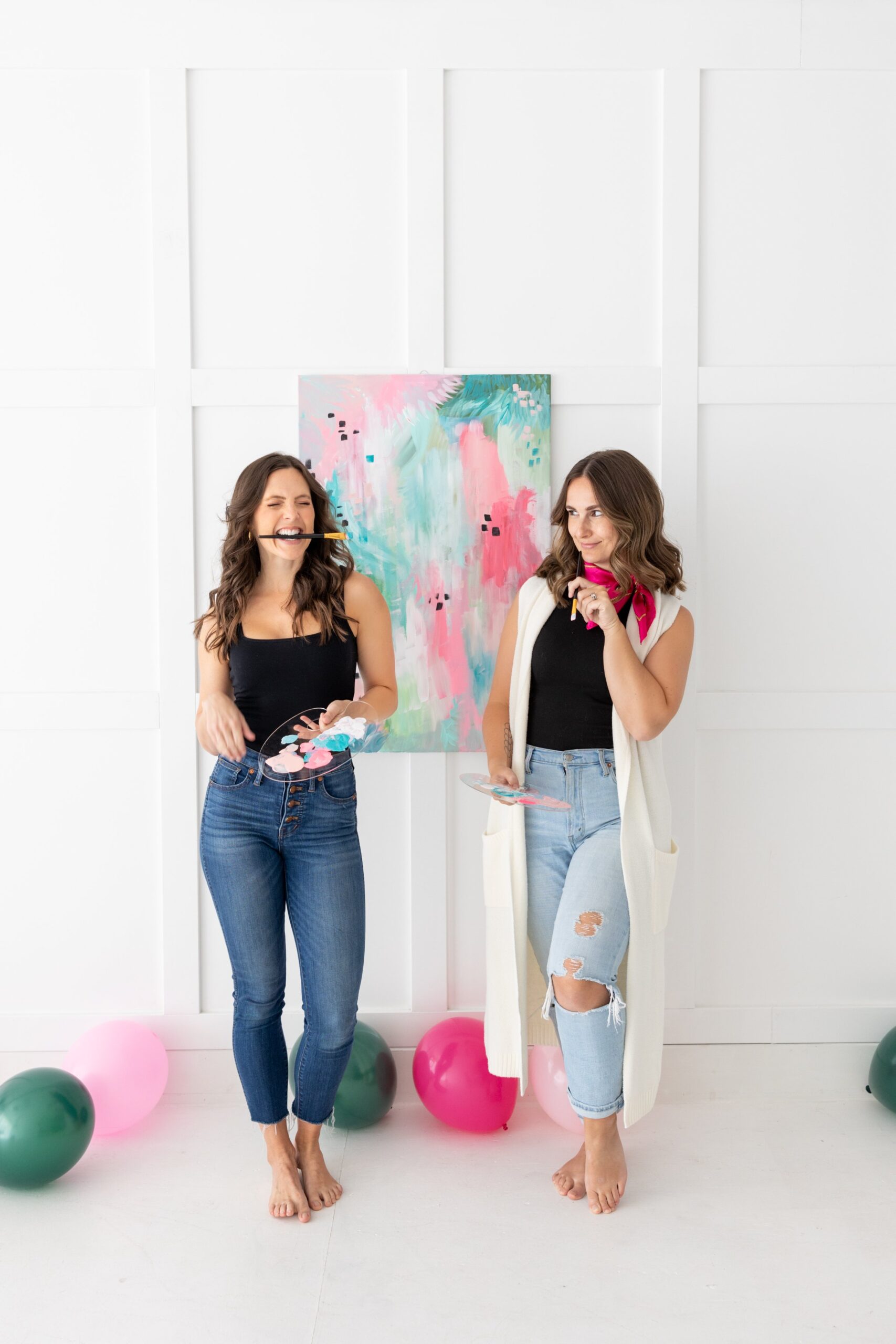
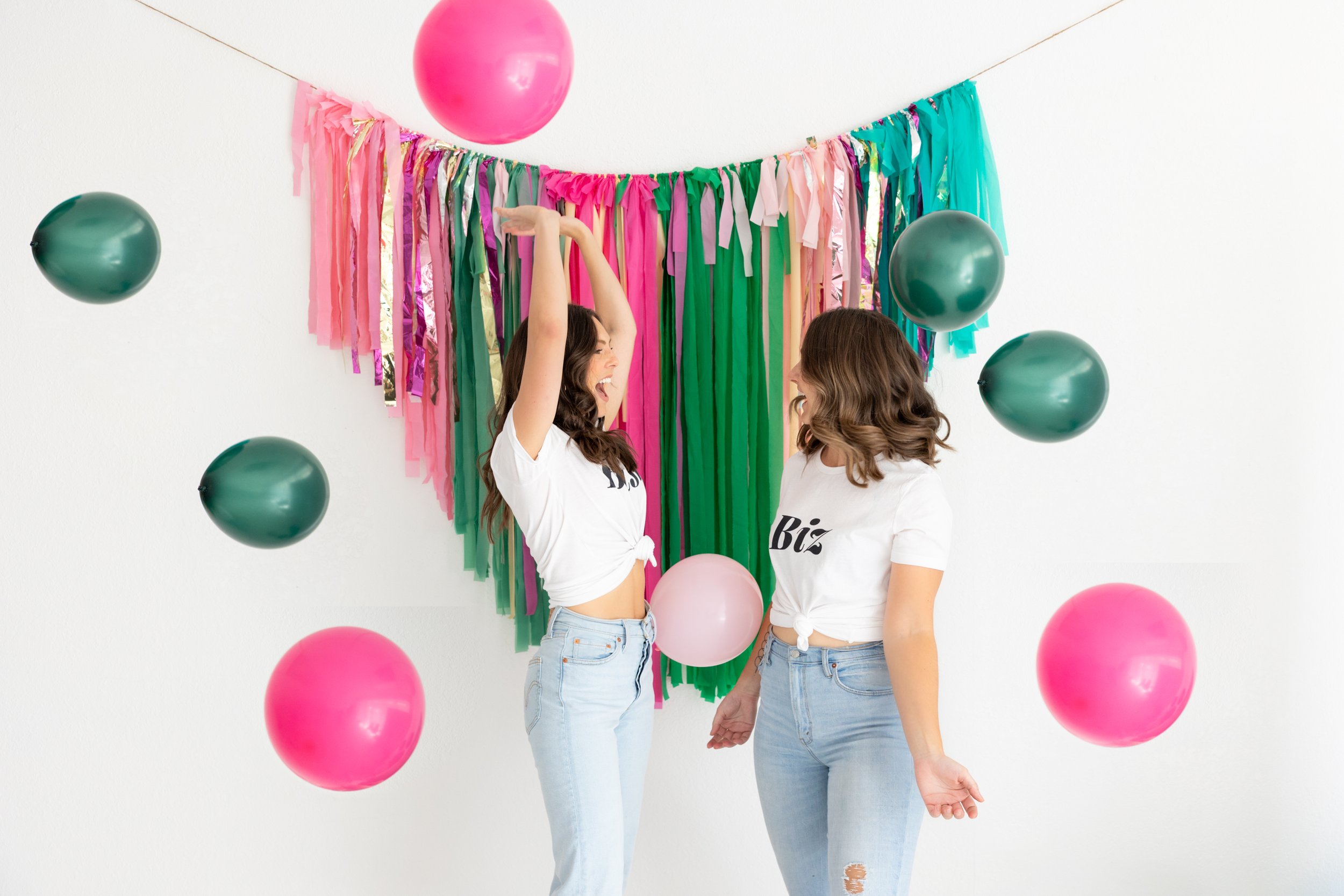
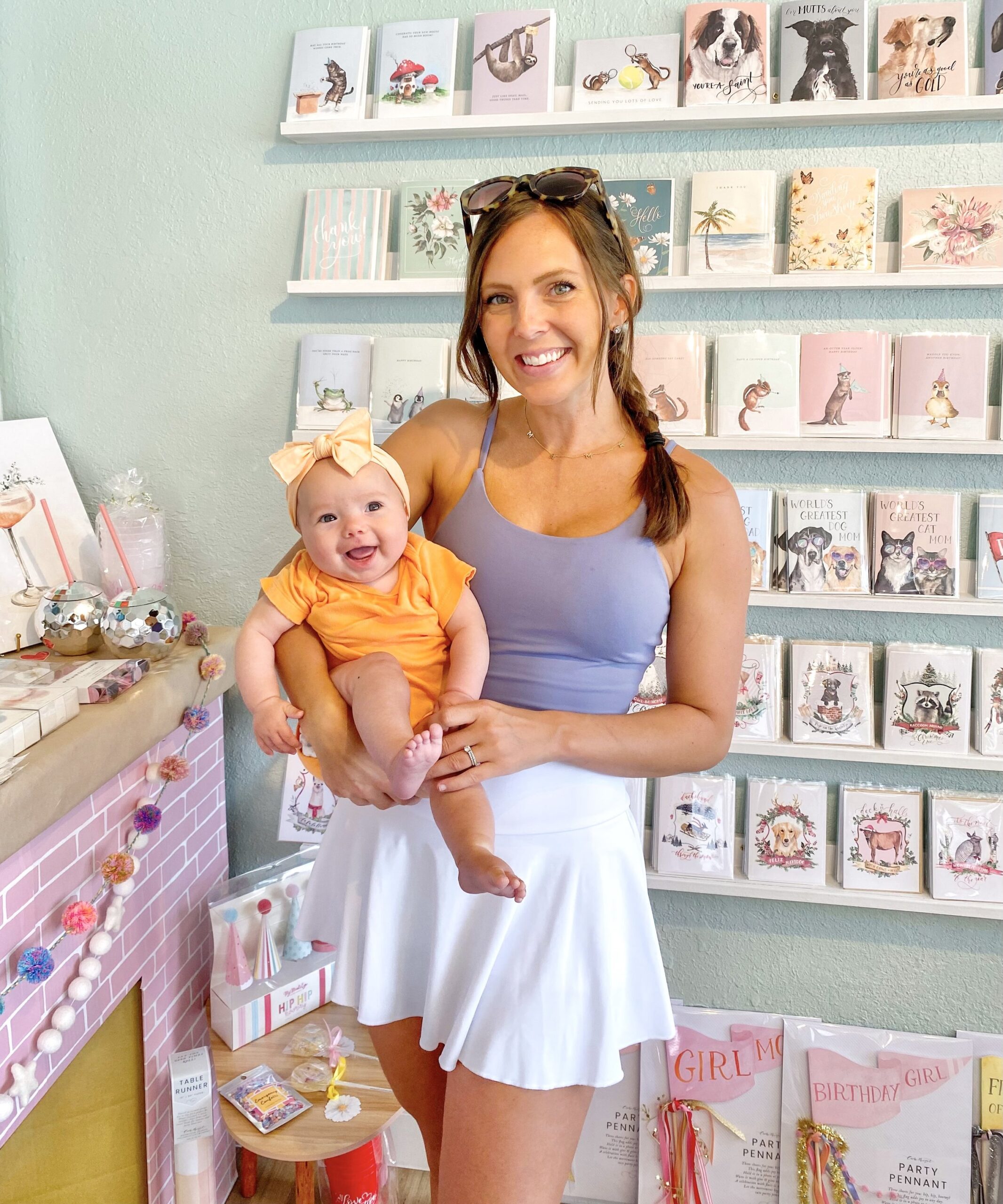
+ show Comments
- Hide Comments
add a comment